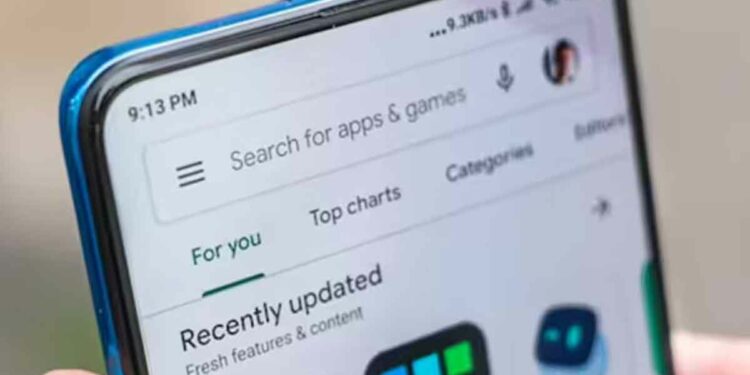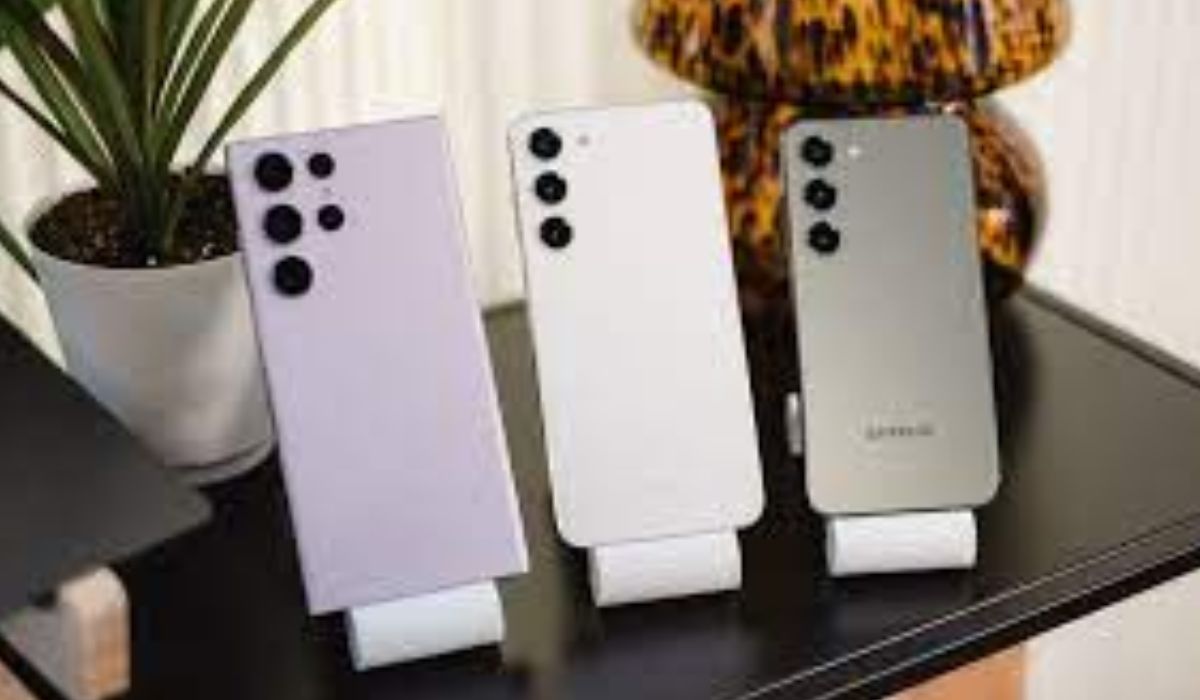Google Play Store has quietly rolled out a new feature that promises to streamline consumers’ lives. The default Android app store now enables users to download multiple new apps simultaneously, eliminating the tedious process of downloading them one by one, especially if the apps are sizable.
However, there are certain limitations to this service, as users won’t be able to download 10-15 apps concurrently.
Here’s how it works: if a user initiates the download of two apps, they will download simultaneously instead of sequentially. But introducing a third app places it on a pending list, triggering its download only when one of the initial two applications is completed.
Furthermore, this functionality is exclusively available for new downloads. When upgrading an existing app, the queue mechanism persists, downloading apps one at a time.
In comparison, Apple’s App Store can manage three simultaneous downloads, marking a significant improvement over Google’s traditional approach to software downloads since the inception of the Play Store.
In essence, this new feature facilitates dual-part downloads. When consumers transition to a new phone and download a plethora of apps simultaneously, the time required may be halved.
The rationale behind Google’s decision to cap the limit at two applications remains somewhat unclear. One plausible explanation could be to mitigate data throttling, as concurrent downloads can swiftly consume network bandwidth, potentially prolonging the overall download time for all apps.
According to a report by Gadgets360, another possible reason is that Android manufacturers are testing the functionality and may consider increasing the number of simultaneous downloads in the future.
With Google’s annual developer conference, Google I/O, slated for May 14, the company is undoubtedly working diligently. Speculations suggest that Google might unveil Android 15 during the keynote session.
Additionally, sources indicate that one of the new features Google might introduce is NFC Wireless Charging. This innovation would enable users to charge devices lacking built-in wireless charging capability but equipped with NFC technology.








